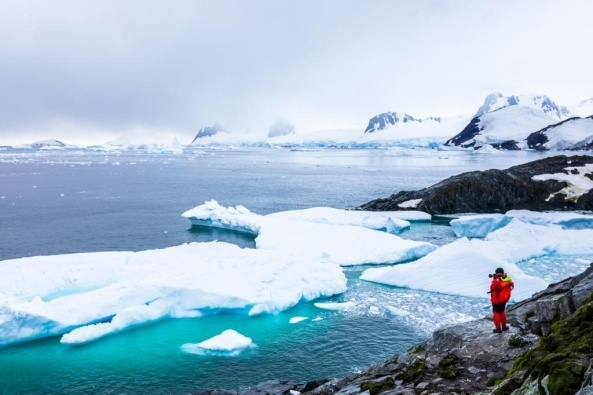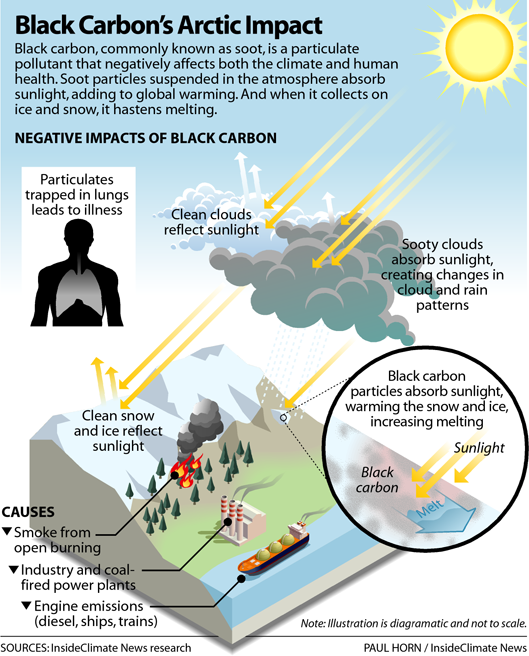Free Courses Sale ends Soon, Get It Now


Free Courses Sale ends Soon, Get It Now



Copyright infringement is not intended
Context: Human presence has accelerated snow melting in Antarctica.
New report findings:
Black Carbon:

Ways for reducing black carbon in the Antarctic region:
© 2024 iasgyan. All right reserved